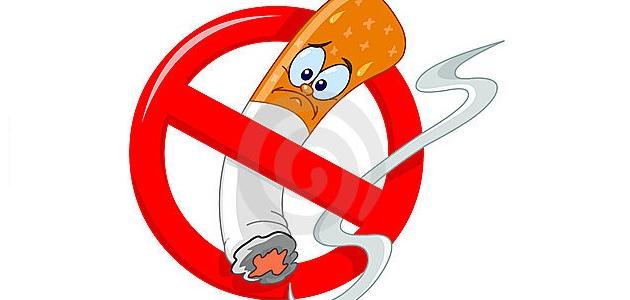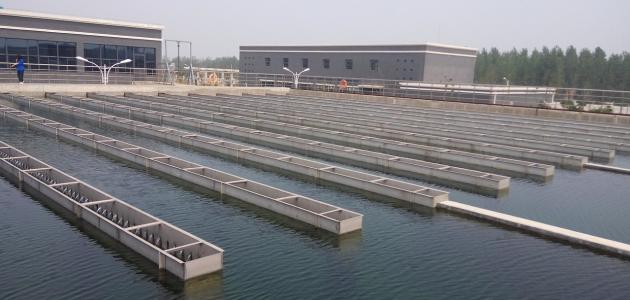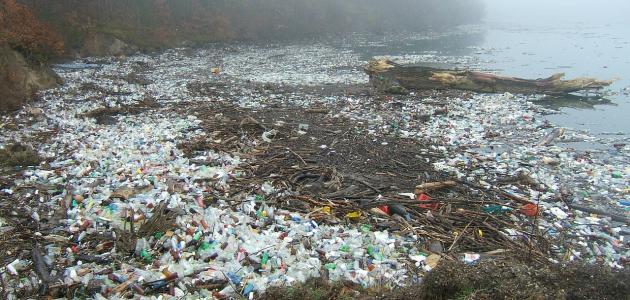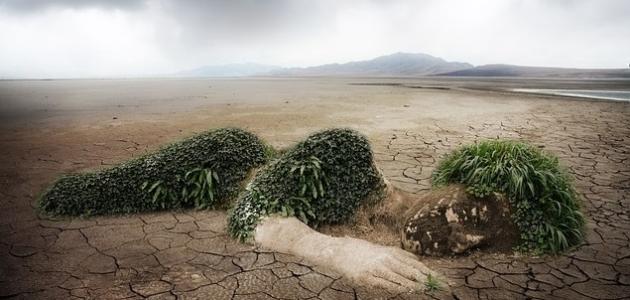Destruction of the ozone layer
Freon gas is known as chlorofluorocarbons (CFC), and it was discovered that they pose a threat to the environment, as chemists Sherwood Rowland, Mario Molina, and Paul Crutzen conducted studies on These compounds have been found to accumulate in the stratosphere (upper atmosphere) once they are released into the atmosphere, causing the destruction of the ozone layer. After decomposing in the atmosphere, they can be a major source of inorganic chlorine in the stratosphere, which leads to To destroy ozone, which is the gas that absorbs harmful ultraviolet rays, which cause biological damage to plants and animals.
Impact on human health
Freon inhalation
Freon gas, or chlorofluorocarbons, can affect the lungs, central nervous system, heart, liver, and kidneys when inhaled in large quantities. Exposure to high levels of these compounds may lead to death, and inhaling them can cause several symptoms in humans, including: drowsiness. Feelings of tingling, slurred speech, nausea, and weakness in the extremities.
Take Freon
Freon, or chlorofluorocarbons, can also enter the body by drinking contaminated water, where they can cause nausea, diarrhea, and irritation of the digestive system.
Read also:What is the type of pollution in Oman?Exposure to ultraviolet rays
Excessive exposure to ultraviolet rays due to the effect of CFCs on ozone gas can lead to skin cancer. It can also cause damage to the genes of many organisms. It may also cause cataracts and a weakened immune system due to... Long-term exposure to ultraviolet radiation.
Read also:Ecological balance and how to maintain it








